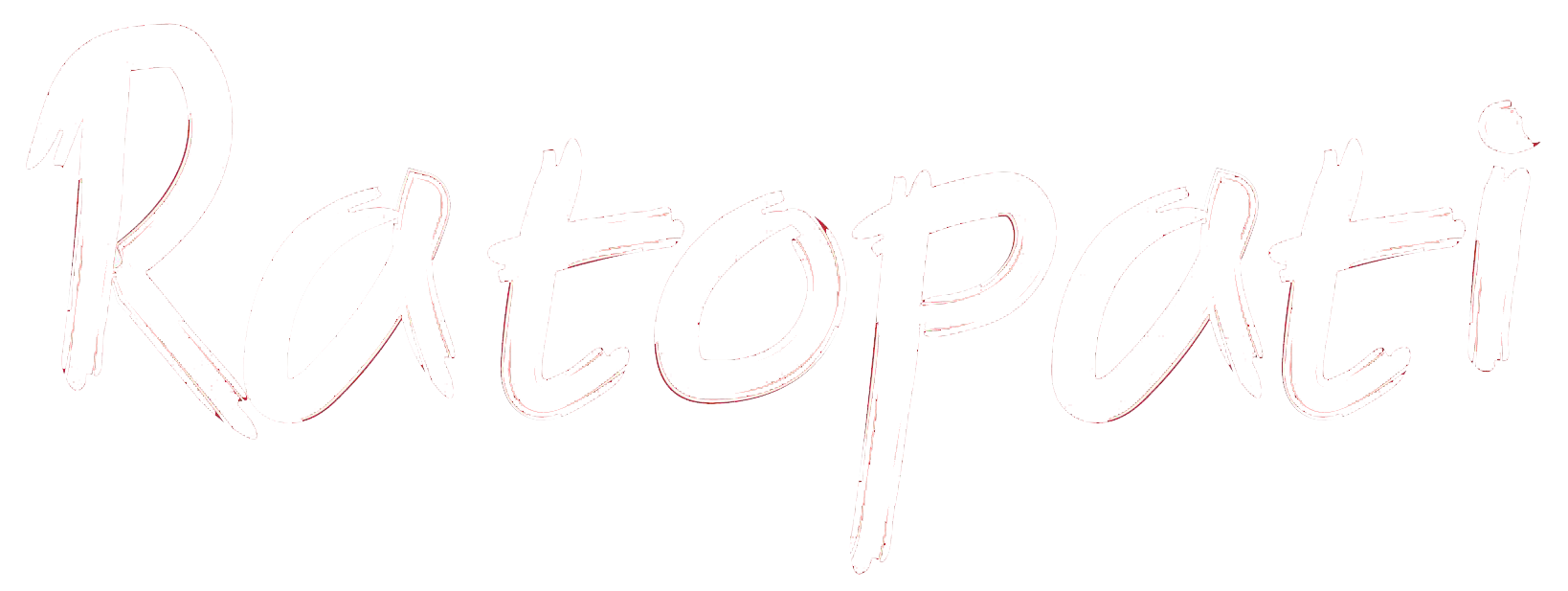Salyan sees surplus of 9000 metric tons food

Kathmandu - Country’s mountainous and hilly districts are compelled to rely on Terai districts for food due to deficit production. However, the mountainous district, Salyan, has become self-sufficient in food and also witnessed its surplus of late. Until a few years back, the production of the district was not adequate to address its people’s demand but now it has come to the food surplus stage.
With the rise in the production of crops such as paddy, maize, millet and wheat lately, Salyan has not only turned to be a self-sufficient district on food but also come to a surplus condition, the Agriculture Development Office said. Agriculture office Chief Mahesh Acharya shared that the district has made substantial progress in food production due to favourable monsoon, modernization in agriculture, use of technology, compost fertilizer, improved seeds and farmers’ activism.
There is no problem in exporting the surplus food, he added. Farmers are selling the food produce from their home, he further said. Information Officer of the Agriculture Development Office Resham Kumar Basnet shared that there was a food surplus of 8,743 metric tons out of a total production of 97,664 metric tons in Salyan in the fiscal year 2019/20. “In the last fiscal year the district saw the production of 16,104 metric tons of rice, 51,173 metric tons of maize, 29,138 metric tons of wheat, 921 metric tons of millet and 325 metric tons of barley.
Paddy plantation was done in 7,078 hectares area”, information officer Basnet further informed. Total food requirement of the district out of its produce accounts for 54,738 metric tons. The food production and productivity of the district could be further increased with the proper utilization of the barren land as well as diversification and modernization of the products, the district agriculture office said.









Leave Comment